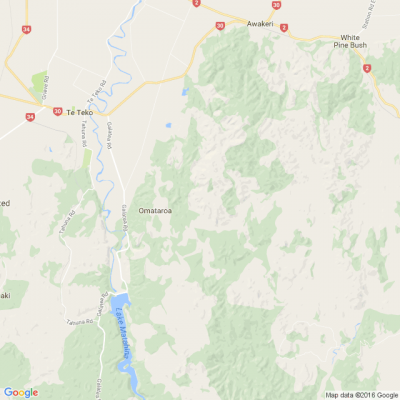
Know what’s happening
Access the private noticeboard for verified neighbours near you. Keep informed about any suspicious activity, send urgent updates to your neighbours when required and discuss emergency planning.
Get to know your neighbours
Browse the directory and start getting to know your neighbours. Don’t want to post to the whole neighbourhood? Send a private message.
Buy, sell and give away
Want to declutter your garage? Buy some used household items? Give away some garden stuff? Become a verified neighbour to browse and post items for sale. Trading is simple when everyone lives nearby.

Needing new school uniform items?
Or have some to sell? Post on Neighbourly

Thank you for using Neighbourly
You may receive an email confirmation for any offer you selected. The associated companies will contact you directly to activate your requests.
No one dreams bigger than an Olympian, and nothing connects us as a nation quite like sport!
As a proud partner of the New Zealand Olympic Team, we’re getting behind our Olympians so they can turn their dreams into a reality.
Learn more

The Team from Resene ColorShop Whakatane
Bring some ordinary storage baskets to life using a few Resene testpots of Resene Nero, Resene Glamour Puss and Resene White and some leafy house plants!
Find out how to create your own.
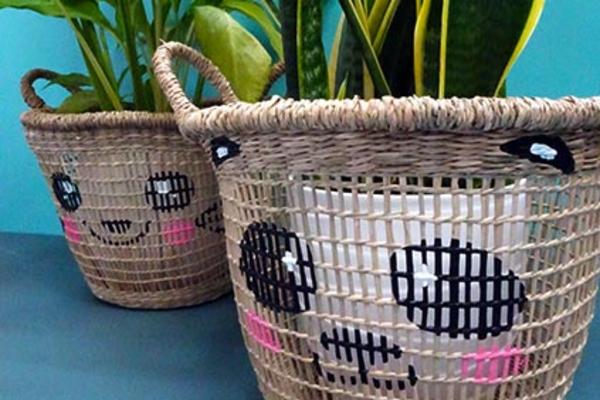
Robert Anderson from
What is an Eco-brick?
An eco-brick is a plastic bottle packed with shredded, single-use, non-recyclable plastics, compressed to a required density to create a reusable building block. They are a sustainable way to reusenon-biodegradable plastic waste as they are regarded as a long-lasting and … View moreWhat is an Eco-brick?
An eco-brick is a plastic bottle packed with shredded, single-use, non-recyclable plastics, compressed to a required density to create a reusable building block. They are a sustainable way to reusenon-biodegradable plastic waste as they are regarded as a long-lasting and durable material.
Eco-bricks = a low energy solution to keeping plastic out of the ecosystem!
What is the purpose of an eco-brick?
Making an eco-brick can be a tedious and time-consuming project (but great to do whilst watching TV!) and the purpose of it is to make you responsible for your own plastic waste and encourage you to reduce your own consumption.
The aim is to help you cut down on what you’re buying and ultimately produce less waste whilst creating something beneficial for yourself or the community!
What goes into the eco-brick?
The most important thing about an eco-brick is that the contents are CLEAN and DRY before they get stuffed. The reason for this is to prevent any bacteria or mould forming inside, which will undo all your hard work as they will not be validated!
You can put inside an eco-brick:
Potato chip, biscuit, cake packets etc.
Stretchy plastic e.g., carrier bags, bread bags, clingfilm etc.
Pasta/rice packets
Packaging – bubble wrap/plastic envelopes
Styrofoam/polystyrene
Hard plastic – meat trays, flowerpots etc (however, hard plastics will need to be cut up into much smaller pieces than soft plastic to allow you to reach the weight requirements)
What can I make with an eco-brick?
The most common personal projects are footstools! They can be as small or as large as you want, you can be creative with the bottle bottom colours to make a cool pattern or cover them in some fabric to make a decorative piece around the house!
There are other smaller projects you can make, like doorstops for example! I am personally taking inspiration from this one found on Pinterest:
Ok, so how do I make one?
It is very simple! The picture below shows you how in 5 simple steps. The key is to just keep stuffing until you can’t any more! With time and patience, your brick will come to life.
Te Whare Wānanga o Awanuiārangi
Masters Study
Meet Hinerangi Busby who shares her journey with Te Whare Wānanga o Awanuiārangi.
I am a graduate of the marae-centred programme, Te Pouhono, transforming Māori communities, promoting mātauranga-a-hapū, a-iwi. My participation took me to the Bachelor of Mātauranga Māori,… View moreMasters Study
Meet Hinerangi Busby who shares her journey with Te Whare Wānanga o Awanuiārangi.
I am a graduate of the marae-centred programme, Te Pouhono, transforming Māori communities, promoting mātauranga-a-hapū, a-iwi. My participation took me to the Bachelor of Mātauranga Māori, and then postgraduate study.
Awanuiārangi centres you. This is the nurturing space of Māori researchers, with the support of academic and professional staff; this all transpires from an authentic indigenous and traditional Māori environment.
My studies have empowered me to play a more pro-active role in whānau and hapū affairs. Instead of being angry at a past that we cannot change, let’s become part of the solution for positive change.
Find out more

Robert Anderson from
Take on the terracotta trend and sculpt a unique floral feature.
You will need:
- Modelling clay (air-drying or baking)
- Rolling pin
… View moreTake on the terracotta trend and sculpt a unique floral feature.
You will need:
- Modelling clay (air-drying or baking)
- Rolling pin
- Knife
- Straw
- Fine sandpaper
- Test pot brush
- Paint test pots (we like Resene Sakura & Resene Apple Blossom)
- Resene FX Paint Effects Medium
- Small sponge
- Cord to hang
Step one: Start by rolling out your clay about 7mm thick (A). It’s important to work on a clean, non-stick surface.
Step two: Use a knife to cut a rectangle as long as you want the main shape to be, then cut a square roughly twice the width of the rectangle and two-thirds the height (B). No matter what shape you’re making, the top piece must be wider to form a dome or pocket. The backing piece always needs to be taller and have enough height to support your flora and allow for a hole.
Step three: If using air-drying clay, dip your fingers in water and wet the edges of the clay slightly – baking clay does not require any water to seal together. Take the smaller, wider square piece and make an arc over the backing piece, bringing the sides together (C). Press the sides down so the clay bonds together, then do the same along the bottom (D), making sure you still have a curved opening at the top.
Keep reading: www.curtainclean.co.nz...
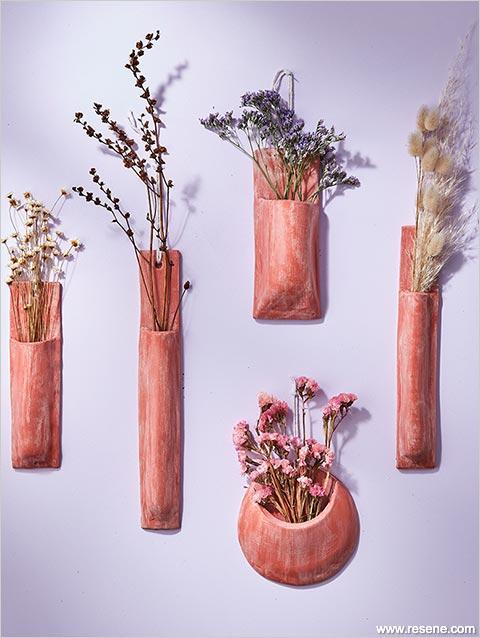
We are in a new era of change and an adaptable workforce is the best asset you can have. The right capability can open up massive opportunities for your business.
You may already have ambitious plans. So how do you build capability? By giving staff the opportunity to turn hidden talents into … View moreWe are in a new era of change and an adaptable workforce is the best asset you can have. The right capability can open up massive opportunities for your business.
You may already have ambitious plans. So how do you build capability? By giving staff the opportunity to turn hidden talents into new skills!
But it’s hard to know where to start, or even where to turn for advice. That’s where Competenz can help. We’re your industry training partner, turning talent into capability.

The team at Bob Owens are helping residents feel safe, secure and at home.
Read about the team below.

Colleen Hawkes Reporter from Homed
What a pleasure to meet Hayley Parsons of Clarks Beach, Auckland. She and husband Chris relocated this huge three-storey villa from Palmerston North to Auckland, and project managed the rebuild of Huntly House from London. Wonderful house, wonderful history.
58 replies (Members only)
If seeing is believing, then we’d love to invite you to see how our sustainability journey is going at The Warehouse.
Look in our stores or online and you’ll see more than 7,000 sustainable products that are better for the planet and your budget.
Look for the Better Cotton Initiative … View moreIf seeing is believing, then we’d love to invite you to see how our sustainability journey is going at The Warehouse.
Look in our stores or online and you’ll see more than 7,000 sustainable products that are better for the planet and your budget.
Look for the Better Cotton Initiative (BCI) branding when you’re
browsing the racks, and you’ll see we’re proud to invest in making cotton production more sustainable.
Look for the FSC label on wood and paper products we stock, and you’ll see we’re dedicated to protecting our forests.
Sustainable & Affordable. It means more choice.
Find out more

The Team from Resene ColorShop Whakatane
Embrace a Modernist aesthetic with this simple chair decorated with Resene products.
Find out how to create your own.
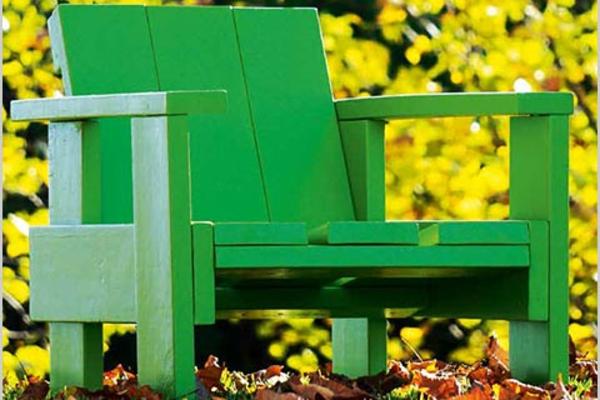
The Team from Neighbourhood Support New Zealand
This month we’re celebrating the diverse array of people who call New Zealand home. Regardless of our different faiths, abilities, cultures, ages, orientations and genders - we want to make sure that our communities are safe and welcoming for all.
There are many ways to take part! From hosting a… View moreThis month we’re celebrating the diverse array of people who call New Zealand home. Regardless of our different faiths, abilities, cultures, ages, orientations and genders - we want to make sure that our communities are safe and welcoming for all.
There are many ways to take part! From hosting a multicultural potluck or film screening to providing prevention information / resources in other languages, there are thousands of ways big and small to make our households, neighbourhoods, schools and businesses even more inclusive. It could even be as simple as learning from a neighbour how to say ‘hello’ in their first language or ensuring local footpaths are clear and accessible.
Want to share your thoughts? Let us know how you’re creating inclusive communities this month by tagging us in your social media posts or emailing us your photos, videos, or experiences to:
info@neighbourhoodsupport.co.nz

Robert Anderson from
Don’t shiver in silence! Use these 5 simple (and cheap) techniques to warm up your home and stay toasty this winter.
Quick Summary
• Open curtains in the day, close them at night
• Make and use draft excluders
• Install window insulation films or use bubblewrap
• Keep furniture away… View moreDon’t shiver in silence! Use these 5 simple (and cheap) techniques to warm up your home and stay toasty this winter.
Quick Summary
• Open curtains in the day, close them at night
• Make and use draft excluders
• Install window insulation films or use bubblewrap
• Keep furniture away from heat sources and use rugs/blankets to insulate the floor
• Use as few rooms as possible and close off the rooms you aren’t using
1) STRATEGIC CURTAIN USE
After double-glazing, curtains are the next line of defence against the chill of winter. Thermal lined ones are best, and floor-to-ceiling ones provide a good ‘seal’ of warmth.
However, it’s also important to know when to open and close these curtains to get maximum effectiveness out of them. Generally, when the sun is up, keep the curtains open to let the sunlight and warmth in. As soon as the sun goes down, close them to trap that heat in overnight.
The advanced version is:
• In the morning, have north-facing and east-facing curtains open. Keep south-facing curtains closed throughout the day.
• In the afternoon, close the east-facing curtains and open the west-facing curtains. Keep the north-facing curtains open throughout the day.
• Once the sun sets, close all the curtains (including the north-facing ones).
• Repeat in the morning.
Curtains aren’t just for windows either! Pinning a rug or blanket over an external door can help give it an insulation boost too. Pro-tip: cover up pet flaps in the same way.
2) MAKE (AND USE) DRAFT EXCLUDERS
Draft excluders are long pieces of thick material, usually in the shape of a sausage, that are placed at the bottom of doors to keep the cold out and the warm in. You might be surprised at how much of a difference blocking even a small gap can make!
Keep reading: www.curtainclean.co.nz...
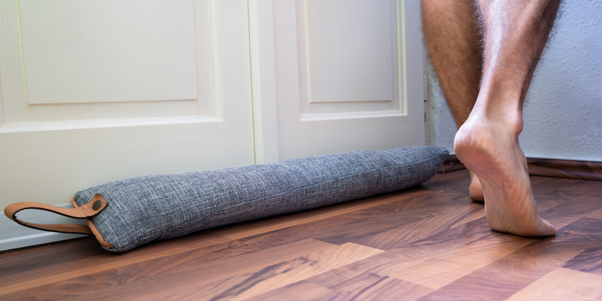
Robert Anderson from
Humans have enjoyed wool for over 10,000 years and it continues to be a coveted textile in both high end fashion and interior design due to its many qualities. Here we deep-dive into the wonderful world of wool, sharing the tale of this ancient fibre’s origin, production and inherent attributes. … View moreHumans have enjoyed wool for over 10,000 years and it continues to be a coveted textile in both high end fashion and interior design due to its many qualities. Here we deep-dive into the wonderful world of wool, sharing the tale of this ancient fibre’s origin, production and inherent attributes.
ORIGIN
Britain is said to have lead wool manufacturing through spinning and weaving pre 1900 BC, a skill highly prized beyond their shores. Sheep were first exported beyond Europe to South Africa, New Zealand and Australia toward the very end of the 1700s. We have had a long time to accustom ourselves to the incredible natural qualities of wool and it is quite literally woven in to our trading, cultural and farming histories.
How does wool come to be? Fleece is shorn from sheep annually with a new fleece produced every year (unless you are Shrek the Sheep, who avoided shearing for 6 years – once finally caught in 2004 he produced enough wool for 20 large men’s suits, or 27 kg… blimey!). Once shorn, fleeces are thrown clean side down onto a wool table, skirted (a process to remove undesirable parts of the fleece), folded and rolled to determine class by a qualified wool classer. Bales of wool are then sent to be scoured, a bathing/cleaning process to remove dirt and impurities such as sweat and vegetable matter. Quality is determined by diameter, crimp, yield, colour and staple strength. Finer wools are used for apparel manufacture and heavier for soft furnishing textiles and carpets/rugs.
There are a wide variety of ways to process wool in to differing yarns, including worsted – a very fine yarn spun from carded wool producing a lustrous and smooth product especially suited to apparel. You may also be familiar with felted wools which are produced with heat, pressure and moisture compressing the fibres, entangling them together into a matted textile with a dense, ‘foamy’ or almost spongy appearance and feel. The woollen system of preparing carded wool for spinning ensures short fibres are retained, sometimes requiring combing. Wool can be spun to yarn on its own, or in conjunction with other fibres which can add desirable qualities and attributes to the finished fabric.
Despite a reputation as a land of sheep, New Zealand is actually the 4th largest producer of wool, with the top spot being taken out by Australia, responsible for 25% of global wool-clip. International wool production is about 2 million tonnes, 60% of which is apparel. Approximately 3% of the international textile trade is comprised of wool. We would like that number to be a little higher!
RENEWABILITY
A natural fibre similar to human hair, wool is made of keratin and therefore readily biodegradable. As long as there is grass to graze on, sheep will continue to produce fleece, making it an ideal renewable fibre. Safeguarding the environment is part of the important work undertaken by woolgrowers to guarantee future production and industry longevity. Due to the high quality and durability of wool, woollen products have wonderful longevity and it is also excellent for re-use and recycling. In some instances, wool products can be returned from the interior and fashion sectors to be carded and re-spun in to yarn for re-weaving – an excellent way to reduce waste and extend the life of the material. Because of its hardy nature, when properly looked after, wool has a longer lifespan than many other fibres - if you have ever visited an antique/vintage/mid-century furniture trader, you will often find original wool and wool blend upholsteries still going strong even after a few lifetimes, albeit in need of a good clean!
Keep reading: www.curtainclean.co.nz...
Advertise your entry-level and apprentice roles with Competenz through our free online job board, we have pre-qualified and motivated jobseekers ready to match with your organisation.
Find your next apprentice with Competenz!

Nature is far too beautiful to be kept outside. Create a haven in your home with the Resene Willow Wallpaper Collection. With designs to help you relax, recuperate and revive, this collection will help make your house a home.
View the full Resene Wallpaper Collection at your local Resene … View moreNature is far too beautiful to be kept outside. Create a haven in your home with the Resene Willow Wallpaper Collection. With designs to help you relax, recuperate and revive, this collection will help make your house a home.
View the full Resene Wallpaper Collection at your local Resene ColorShop or get a taste of the latest releases online
Find out more
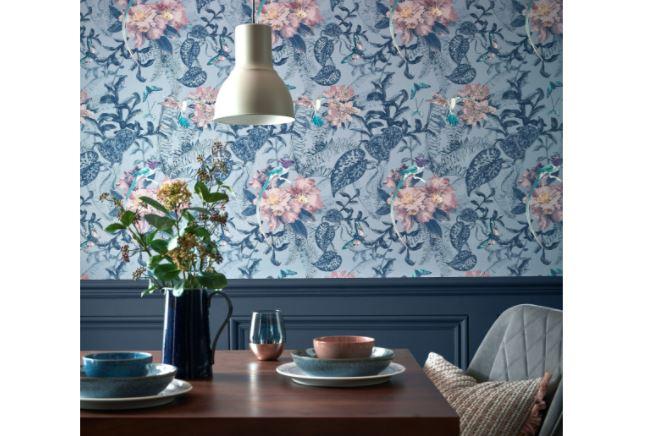
 Loading…
Loading…
Are you sure? Deleting this message permanently removes it from the Neighbourly website.
 Loading…
Loading…

 Auction
Auction



 Marketed by Matt Stephenson
Marketed by Matt Stephenson

 $639,000
$639,000



 Marketed by Michelle Stephenson
Marketed by Michelle Stephenson

 $915,000
$915,000



 Marketed by Michelle Stephenson
Marketed by Michelle Stephenson

 Auction
Auction

 Marketed by Michelle Stephenson
Marketed by Michelle Stephenson

 Auction
Auction



 Marketed by Michelle Stephenson
Marketed by Michelle Stephenson

 $560,000
$560,000



 Marketed by Michelle Stephenson
Marketed by Michelle Stephenson

 Tender
Tender


 Marketed by Jami Botha
Marketed by Jami Botha

 By Negotiation
By Negotiation

 Marketed by Brooke Woolsey
Marketed by Brooke Woolsey
© Neighbourly 2025
